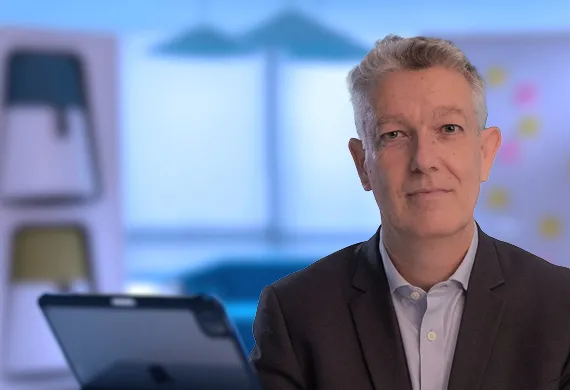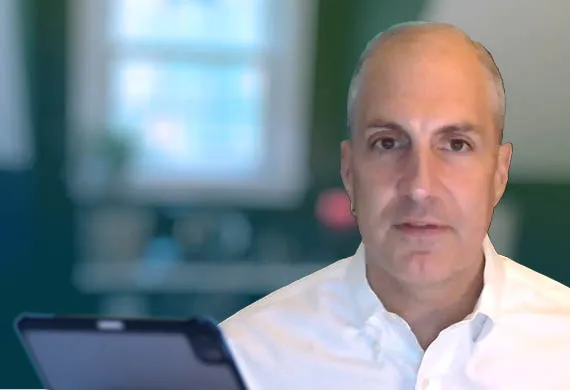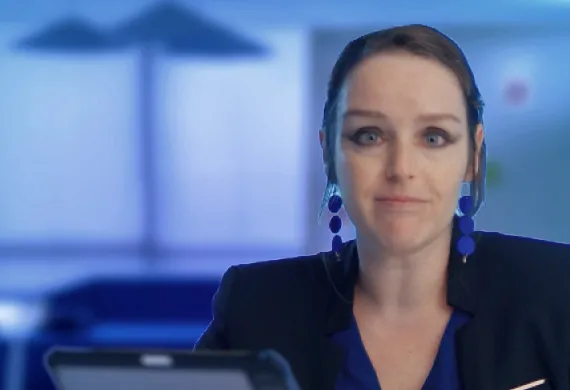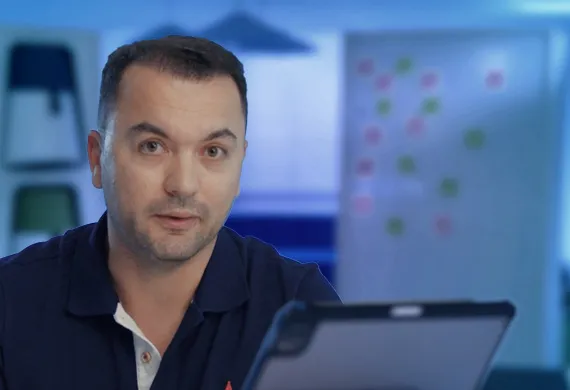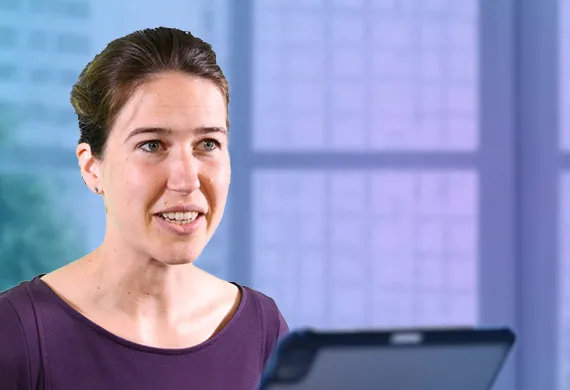Circular Supply Chains: Reshape the Enterprise’s Value Network
Transform how you do business through circular supply chains to achieve profitability and lasting success.
Today, companies find themselves at a crossroads. The linear take-make-waste model, once the cornerstone of industrial success, now stands as a detriment to our planet. Why? Because the world is running out natural resources while up to 90% of materials are wasted or unavailable for reuse and recycling, according to the Circle Economy’s 2023 Circularity Gap report. Not only that. A lot of pollution is generated during raw material extraction and disposal. Change is imperative.
When combined with the experience economy, the circular economy offers a new way of doing business that is more sustainable — allowing you to create more engaging experiences and satisfy your customers on a deep, emotional level. Move from linear to circular supply chains where you can reconcile environmental protection with business operations and demonstrate that value creation is achievable within strong planetary boundaries.
Model and Optimize the Value Network
But first, what is a circular supply chain?
A circular supply chain calls for a transformation of business models, processes and technologies, whereas a linear supply chain is resource-intensive and unsustainable in the long term.
Moving to a circular value network
Moving from a linear supply chain to a circular value network is the crux of a successful transition to the circular economy. The circular value network is a closed-loop system where products and materials are continuously reused, recycled and regenerated. To make this shift successfully, you must transform the value network to incorporate circular practices such as reverse logistics of products and materials or improving transparency and traceability across the value chain. This is where the virtual twin can add value.
By modeling the entire value network through the virtual twin, you can:
- Gain end-to-end visibility and identify value leakage
- Make more data-driven decisions based on actionable knowledge gathered from consumers and stakeholders
- Improve supplier management, production processes and customer engagement
- Consolidate and measure your products' environmental impact
- Balance circularity and product innovation while growing profits
Interested to get to know our experts featured in the videos? Meet them here
Turn Aspirations Into Concrete Action
The circular economy isn't merely an aspiration; it's a necessity for our planet's survival. However, making it scalable, achievable and profitable requires a profound shift in business operations.
The time to take action and drive practical change is now.
Through modeling, data-driven insights and the power of the virtual twin, you can chart a course toward circularity, profitability and lasting success. Commit to actionable steps with the right circularity strategy that incorporates sustainable supply chain management. Re-engineer the way you do business today while simultaneously reshaping your business model for the future.
More Questions on Circular Value Networks?
Other Circular Economy Pillars
Explore key pillars that are disrupting the conventional linear economy, eliminating value leakage and paving the way for a scalable, profitable and achievable circular economy transformation.
Prioritize Sustainable Materials
The choice of materials can significantly impact your product’s environmental footprint. Incorporate circularity into product development through durable, recyclable and biodegradable materials by design.
Rethink Product Design
The entire product lifecycle matters. Optimize product design for each lifecycle phase to reduce the environmental impact of your products and increase their circularity.
Circular Solutions for Your Business Challenges
Take Definitive Steps Toward Circularity Success
Inspired by actionable strategies from Dassault Systèmes’ industry experts? Dive into our Circularity Insights Digest, your definitive guide to transform circularity goals into scalable, achievable and profitable outcomes
Circularity in Action
At the core of the concept of circular economy lies the idea of circularity, where resources are kept in use for as long as possible. Real-world adoption of circular economy strategies demonstrates the tangible benefits of this approach. Embracing Dassault Systèmes’ 3DEXPERIENCE® platform allows organizations to reimagine their operations, aligning them with the principles of the circular economy. From design phase to lifecycle analysis, businesses can create products that contribute positively to the green economy while meeting consumer demand for sustainable solutions.

